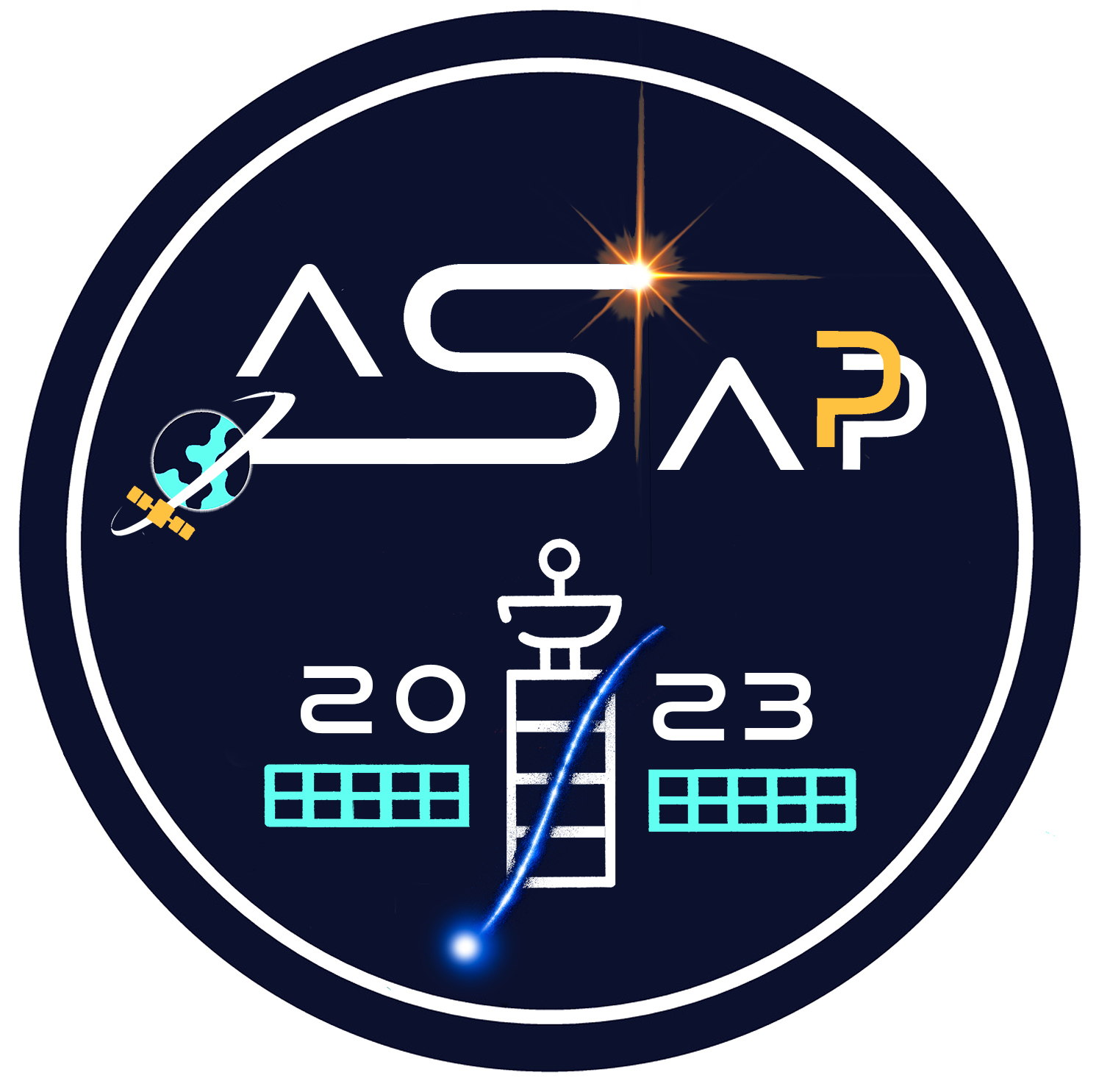Speaker
Description
The International Space Station (ISS) orbits in the Low Earth Orbit (LEO) and is continuously occupied by astronauts.
With an average altitude of $400\ \mathrm{km}$, the Station is shielded from cosmic radiation by the residual atmosphere and the geomagnetic field.
However, that protection is not always complete.
The solar activity can emit sporadic bursts of energetic particles, with energies between $\sim 10\ \mathrm{keV}$ and several $\mathrm{GeV}$.
Solar Energetic Particle (SEP) events can last for hours or even days and can represent an actual risk for ISS occupants and equipment.
The Alpha Magnetic Spectrometer (AMS) was installed on the ISS in 2011 and is expected to take data until the decommission of the Station itself, after 2030.
The instrument measures CR flux continuously and can be used to detect SEPs in real-time.
An algorithm for SEPs identification has been developed measuring sudden excesses in the trigger rates of AMS, using moving averages for the quiet level defintion.
In the custom algorithm, the McIlwain's $L$-parameter is used to characterize the data taking areas.
A real-time monitoring and alert system for SEPs near the ISS has been realized processing data from the AMS Monitoring Interface (AMI) database.
| Eligibility for "Best presentation for young researcher" prize | Yes |
|---|
